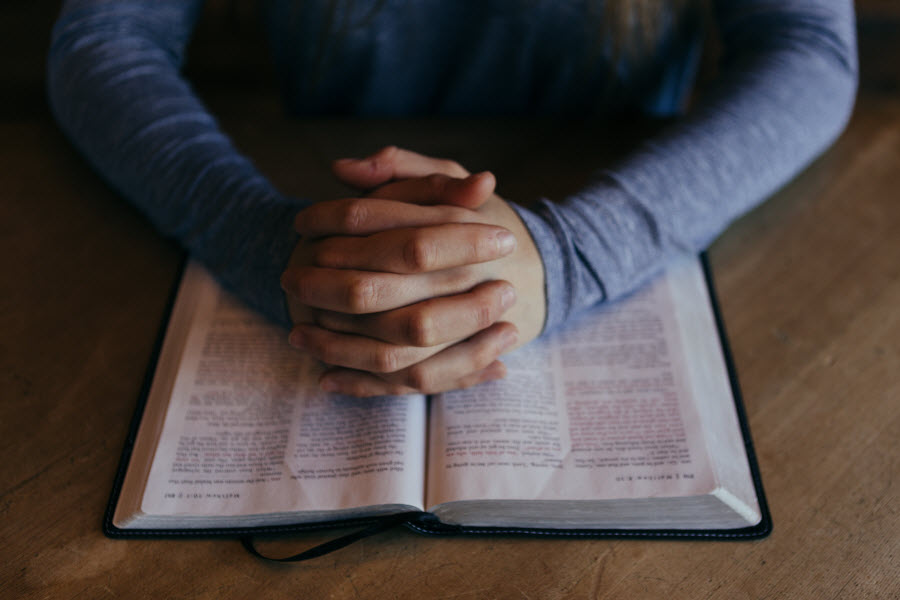
Interior and Exterior Silence
02-20-2022Weekly ReflectionFr. Bing ColasitoOne of the growing concerns by many here at St. Rose and Good Shepherd Mission is the level of talking and other noise in the church before and after the Mass. I remember that there was a time when we would enter the church even when it was capacity - like entering into the realm of mystery and holy silence.People didn’t talk in church. One would enter, find their pew, genuflect, and then kneel for private prayer before Mass began. And when the Mass is over, people kneel for a brief moment for prayer; but then leave quietly, not talking until in the vestibule or outside the church.
The General Instruction of the Roman Missal (GIRM) recommends specific periods of silence in the Mass that encourage an atmosphere of interior and exterior silence. So, more than the physical silence, it is a good discipline to have interior silence while listening to the readings, the Homily, the Eucharistic Prayer, and other priestly prayers. It helps quiet our imagination to join our hearts to the prayers and be sensitive to the stirrings and inspirations of the Holy Spirit. Silence at Mass is an active, not a passive disposition. How can we balance silence and fellowship in the Church? There are legitimate goods when it comes to balancing silence in the Church.
- Koinonia - Acts 2:42 describes the four pillars of the Catholic life: They devoted themselves to the apostles’ teaching and fellowship, to the breaking of bread, and prayer. The concept in focus here is fellowship, κοινωνίᾳ (koinonia). The Greek koinonia is a noun that refers to concepts such as fellowship, communion, or literally to what is shared. At every Mass, we recognize and accept its communal nature. Thus, there will be an exchange of greetings (words or through signs) and other forms of fellowship, and then we retreat into silence to dispose the mind, heart, and spirit to the celebration of the Holy Eucharist.
- The Church is a place of prayer. Other things being equal, one of the first things one associates the church building with is a place of worship and prayer. And thus, one rightly expects the church building to be a place that encourages and fosters this.
As a general rule, especially on Sunday and other designated Mass times, the parish church is not a private chapel - but first and foremost is a place of public prayer where the faithful gather as a group. Parishioners coming for the Sunday Masses will have some form of fellowship: before, during, and after; at least at certain moments, such as greeting one another in the vestibule or outside the Church.
We are realizing more and more clearly that silence is part of the liturgy. We respond, by singing and praying, to the God who addresses us, but the greater mystery, surpassing all words, summons us to silence. It must, of course, be a silence with content, not just the absence of speech and action. We should expect the liturgy to give us a positive stillness that will restore us. (Pope Emeritus Benedict XVI)
Our heavenly Father patiently works with us where we are; let us learn from our Lord, who practiced silence fluently. Silence is the language that Jesus observes most; when He is in communion with the Father, in the same way, by silencing our hearts, we can attain the highest level of communion with Jesus in the Eucharist. Be still, and know that I am God. (Psalm 46:10).
BACK TO LIST